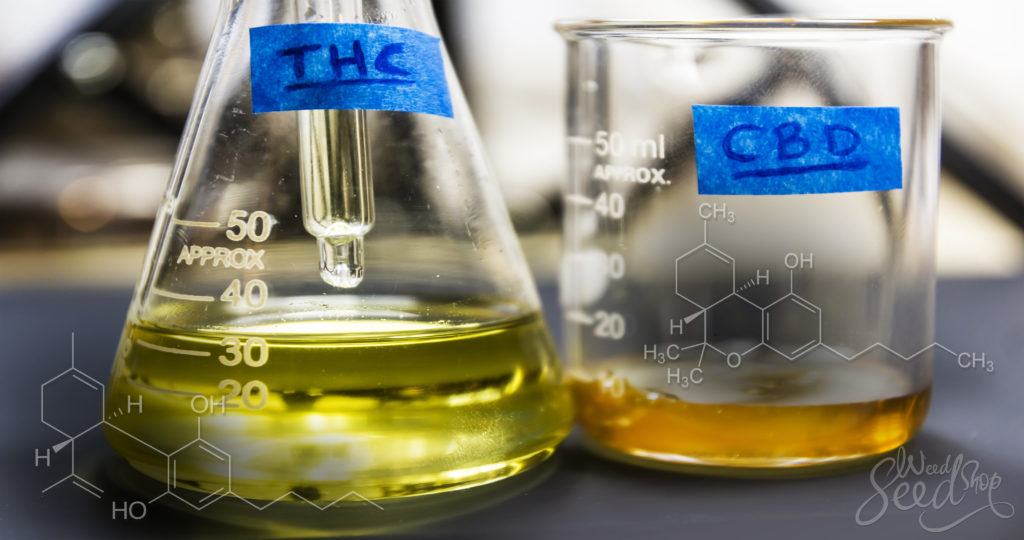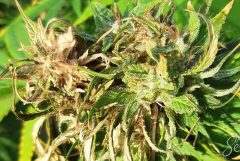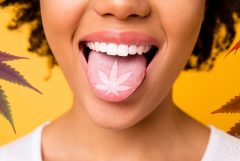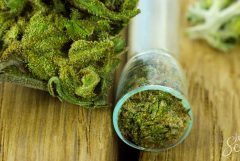There are a lot of different scientific terms being thrown around in respect to cannabis these days, but the two most important are THC and CBD. What are they and what is the difference between the two? Knowing the difference between THC and CBD can help you personalize your cannabis experience. Read this article to learn more about the different cannabinoids and how they work.
The cannabis market is now flooded with products – some are medical, some are recreational, some with high THC content, some with high CBD content. The ABCs of the weed world can be confusing and overwhelming if you don’t know what they all mean. In the end, there are some fundamental and significant differences between THC and CBD, the two main cannabinoids present in cannabis.
The cannabis industry has collected all the information about how these cannabinoids interact with the human body, which has allowed the user to have a more personalized cannabis experience. CBD and THC interact with the human endocannabinoid system in different ways and have different effects. It pays to know the differences so that you can tailor your strain choice for a more personalized experience.
Different receptors for different cannabinoids
The two main cannabinoids present in cannabis are THC and CBD – or at least they are the most widely known and most often talked about. They interact with the human body by binding to different cannabinoid receptors that already exist in the brain and body. Whereas these receptors would usually fire of their own accord to create homeostasis in the body, cannabinoids such as THC and CBD excite them and stimulate different behavior.
THC (tetrahydrocannabinol) is the main psychoactive component of cannabis, and works by binding to the CB1 and CB2 receptors in the human brain. CB1 receptors exist mainly in the central nervous system, governing the release of neurotransmitters. CB2 receptors on the other hand live in the immune system, and are responsible for regulating the functions of the body. CB1 receptors are said to influence pleasure, appetite, memory and concentration and the CB2 receptor moderates pain sensations and can be responsible for the homeostasis in parts of the body such as the kidney and liver.
CBD (cannabidiol), on the other hand, does not play such an important role with the CB1 and CB2 receptors. It rather interacts with other receptors such as serotonin and adenosine. These receptors can play a role in regulating the temperature of the body, pain sensations and can also have an effect on inflammation.
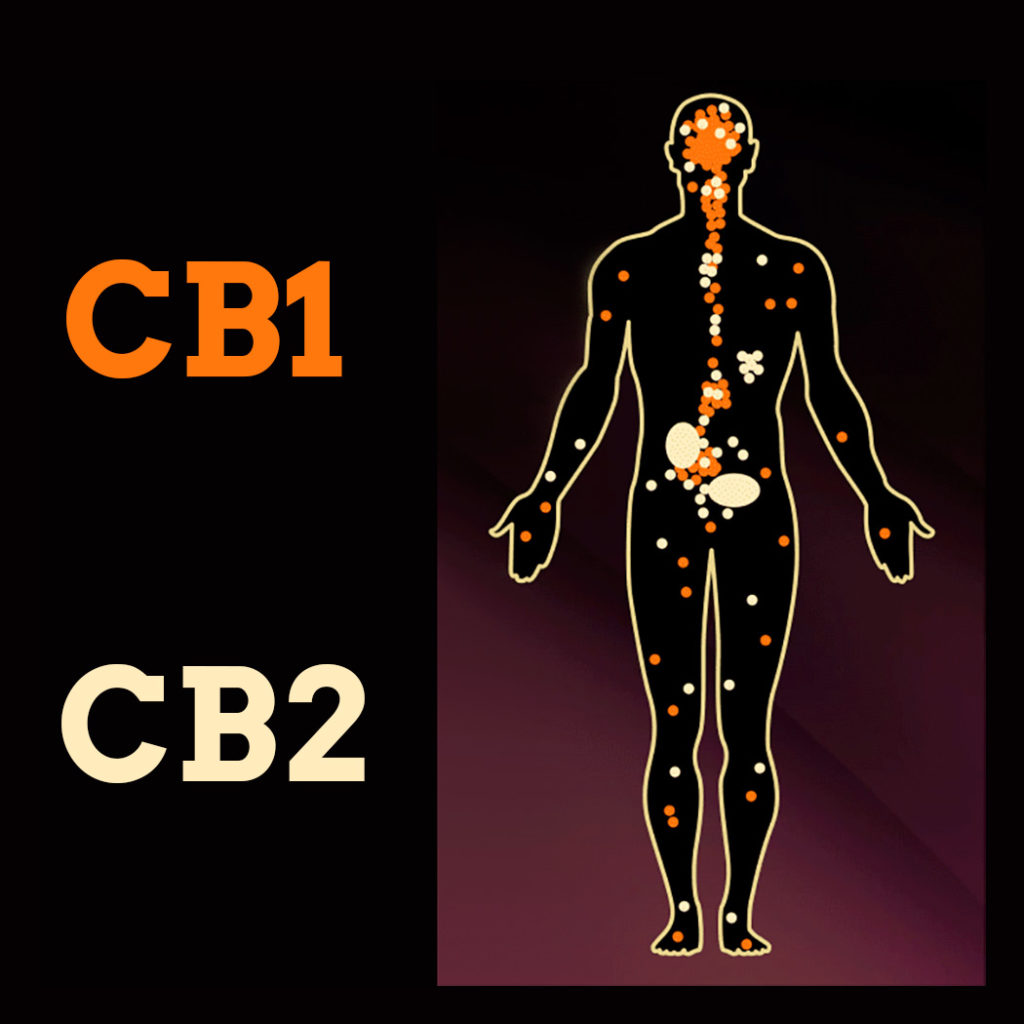
CBD is non-psychoactive
The different ways that THC and CBD activate receptors means that while THC is responsible for the “high” sensation that weed offers, CBD does not. Interestingly enough, CBD actually blocks the effects of THC, meaning it has a “counter-psychoactive” effect. This is why they are often combined for the purposes of medical treatment. The effects of CBD do not really reach the psyche, but are more focused on the physical perceptions. However, despite the fact that CBD is non psychoactive, large doses of it have been shown to activate the 5-H1TA serotonin receptor, which results in an anti-depressant effect.
All of this means that sometimes THC can be what is responsible for the feeling of anxiety or psychosis during the cannabis experience whereas CBD actually works at blocking these effects and balancing out the whole experience. Although CBD has effects on mood, THC is more responsible for the psychoactive effects. This does not mean, however, that THC does not offer any medicinal benefits.
THC makes you sleepy and hungry!
Two of the most popular reasons to use cannabis among medical patients are for the treatment of insomnia or loss of appetite. In general, THC is the responsible agent for increasing appetite and pleasure sensations associated with eating. It is also what is responsible for the feeling of sleepiness or drowsiness after cannabis use. CBD is generally more associated with wakefulness and having lots of energy, so if you’re choosing a strain to ease you into a good night’s sleep, high THC content is the way to go.
THC effects memory
Almost every cannabis user is aware of its effects on short term (and less often, long term) memory. The CB1 receptor affects the function of memory, and THC has a direct influence on this receptor. The effect is an impairment that occurs mainly in short term memory. There are some studies suggesting that CBD actually counters this effect too, meaning it works to reduce the impairments caused by THC and protect that part of the brain.
Pain and inflammation
More recent medical uses for cannabis have been to treat chronic pain and inflammation. Both CBD and THC show positive influences on pain sensations in the human body. However, in general CBD is better known for its anti-inflammatory properties, which makes it effective at treating conditions such as arthritis.
Nausea and anti-convulsion
Cannabis is also being used to treat conditions such as epilepsy, although there is yet to be more research conducted here. The results suggest that CBD (and possibly in conjunction with THC) is responsible for reducing muscle spasms and having an anti-convulsion effect. It can reduce severity of seizures and sometimes stop them entirely. It works in the same part of the body that governs the sensation of nausea, also having an anti-nausea effect.
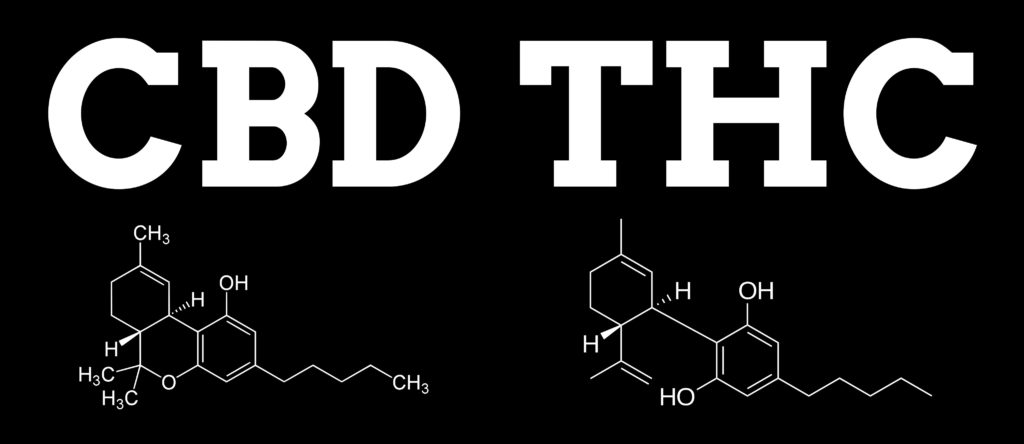
THC and CBD work well as a team
Ultimately, CBD and THC have their different effects. Our recent knowledge in being able to differentiate between the two and experiment with genetic strain alterations means that cannabis can become more available and accessible: With strains that have a lower THC content, cannabis can be administered to children and elderly for the medicinal properties of CBD, for example.
But the two work exceptionally as a team, and until now we are waiting for more research to take place on the effects of cannabis. The two cannabinoids play fundamental roles in both physical healing, as well as the overall experience when it is being used. THC and CBD probably work in conjunction to produce a lot of the medicinal and psychoactive effects we experience in ways we are yet to understand. Although there are fundamental differences in the way they work individually in the body, we are still finding out all the different ways in which they work together.





